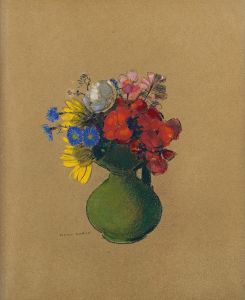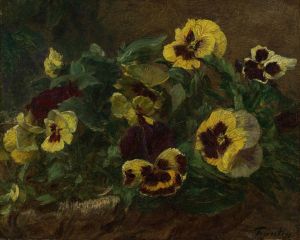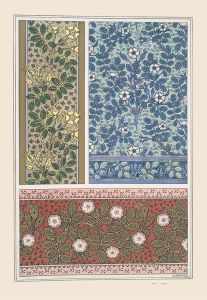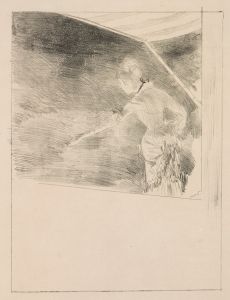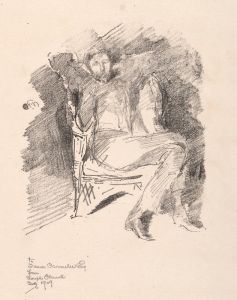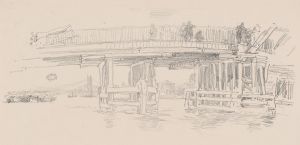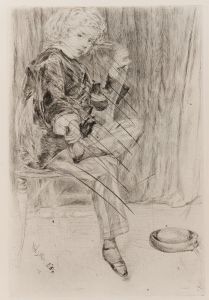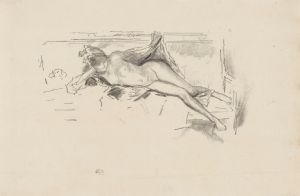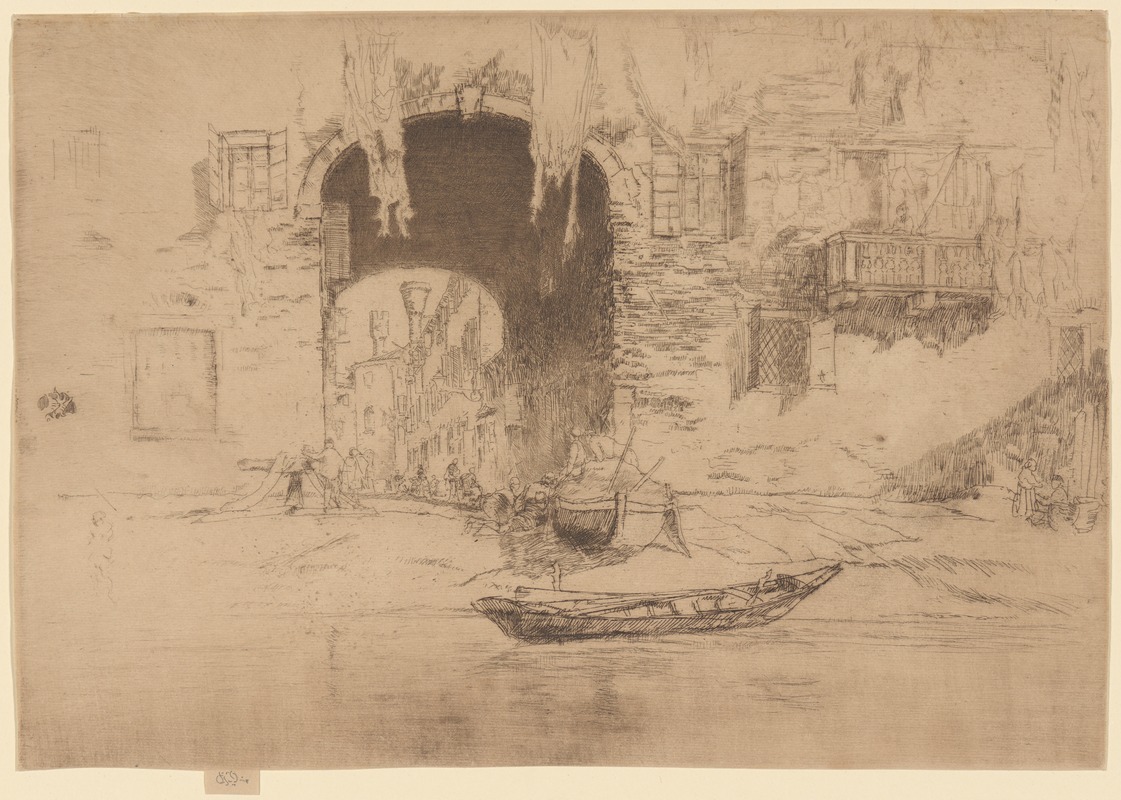
San Biagio
A hand-painted replica of James Abbott McNeill Whistler’s masterpiece San Biagio, meticulously crafted by professional artists to capture the true essence of the original. Each piece is created with museum-quality canvas and rare mineral pigments, carefully painted by experienced artists with delicate brushstrokes and rich, layered colors to perfectly recreate the texture of the original artwork. Unlike machine-printed reproductions, this hand-painted version brings the painting to life, infused with the artist’s emotions and skill in every stroke. Whether for personal collection or home decoration, it instantly elevates the artistic atmosphere of any space.
James Abbott McNeill Whistler, an American artist active during the late 19th century, is renowned for his contributions to both painting and printmaking. One of his notable works is "San Biagio," a painting that exemplifies his distinctive style and artistic philosophy.
"San Biagio" depicts the Church of San Biagio in Venice, Italy. Whistler was deeply influenced by the aesthetic movement, which emphasized beauty and visual harmony over narrative content. This influence is evident in "San Biagio," where Whistler focuses on the atmospheric effects and the interplay of light and shadow rather than on detailed architectural accuracy.
Whistler's connection to Venice began in the late 1870s when he visited the city and was captivated by its unique charm and picturesque scenery. During his time in Venice, he produced a series of etchings and paintings that captured the essence of the city. "San Biagio" is part of this body of work, reflecting Whistler's fascination with the Venetian landscape and his mastery of capturing its ethereal beauty.
The painting is characterized by its subtle color palette and delicate brushwork, which create a sense of tranquility and timelessness. Whistler's use of muted tones and soft transitions between colors evoke the misty, dreamlike quality of Venice. The composition of "San Biagio" is carefully balanced, with the church positioned slightly off-center, allowing the surrounding water and sky to play a significant role in the overall effect of the piece.
Whistler's technique in "San Biagio" demonstrates his skill in manipulating paint to achieve a sense of depth and atmosphere. He often employed a method known as "nocturne," where he used thin layers of paint to build up a luminous, almost translucent surface. This technique is evident in "San Biagio," where the subtle gradations of color and light create a harmonious and immersive scene.
The Church of San Biagio itself is a relatively modest structure compared to some of Venice's more famous landmarks. However, in Whistler's hands, it becomes a focal point of serene beauty, emblematic of his ability to find and highlight the extraordinary in the ordinary. The painting does not merely represent a specific location but rather conveys a mood and an impression, aligning with Whistler's belief that art should appeal to the senses and emotions rather than simply depict reality.
"San Biagio" is a testament to Whistler's artistic vision and his ability to transform everyday scenes into works of profound beauty. It reflects his commitment to the principles of the aesthetic movement and his mastery of technique, making it a significant piece in his oeuvre and a valuable contribution to the art of the period.
In summary, "San Biagio" by James Abbott McNeill Whistler is a painting that captures the serene beauty of the Church of San Biagio in Venice through Whistler's distinctive aesthetic approach. The work exemplifies his focus on atmosphere, light, and color, and stands as a testament to his skill and artistic philosophy.






